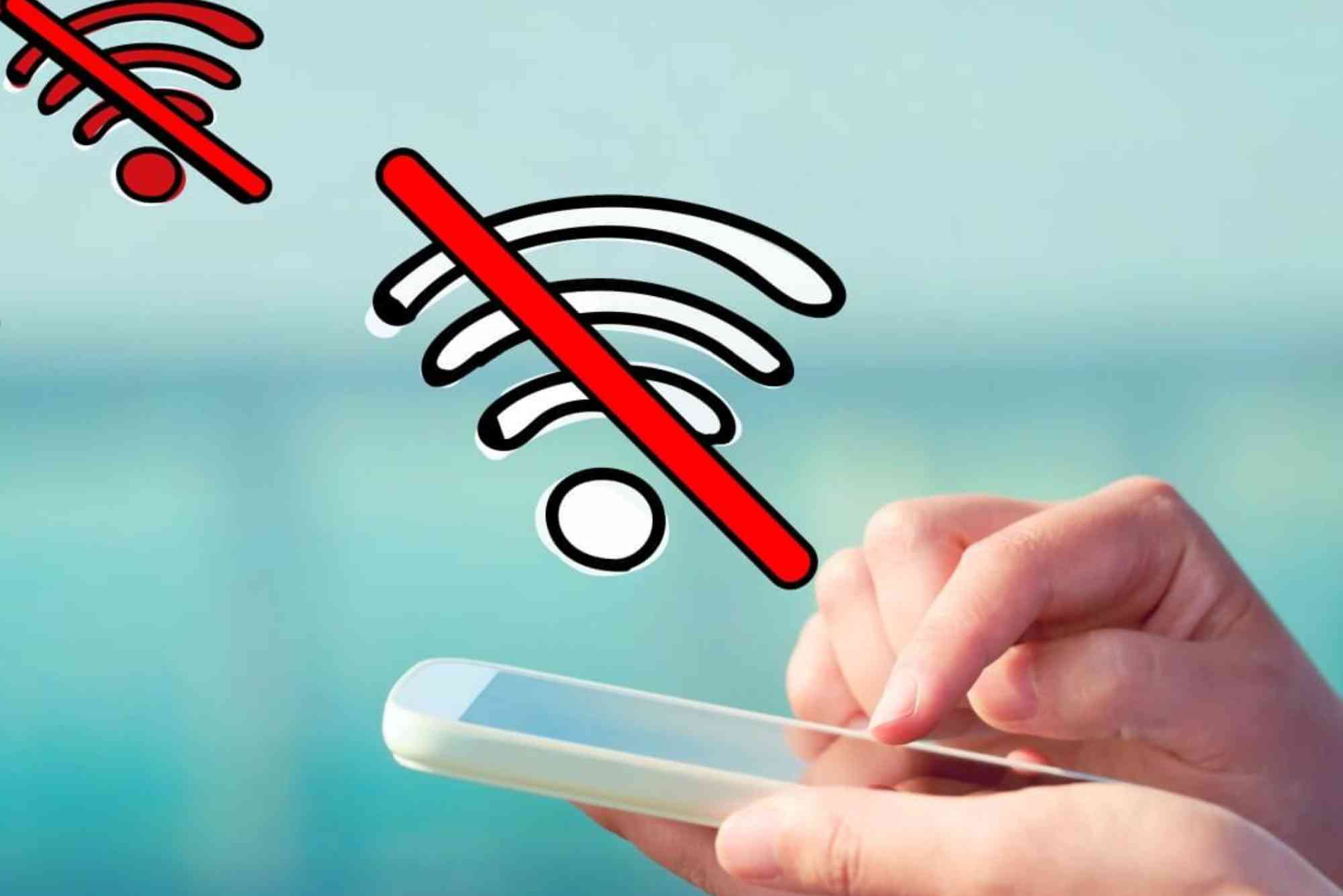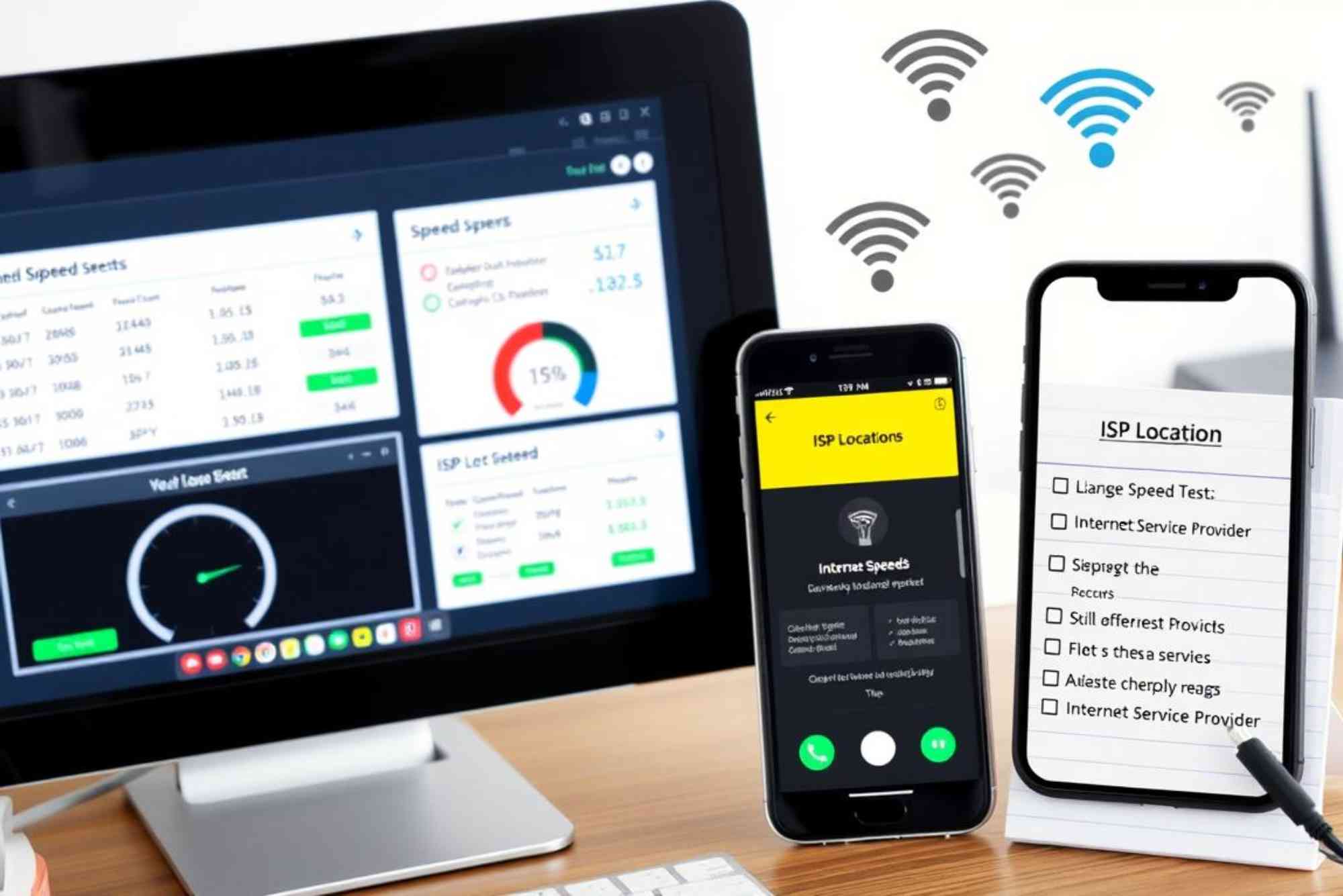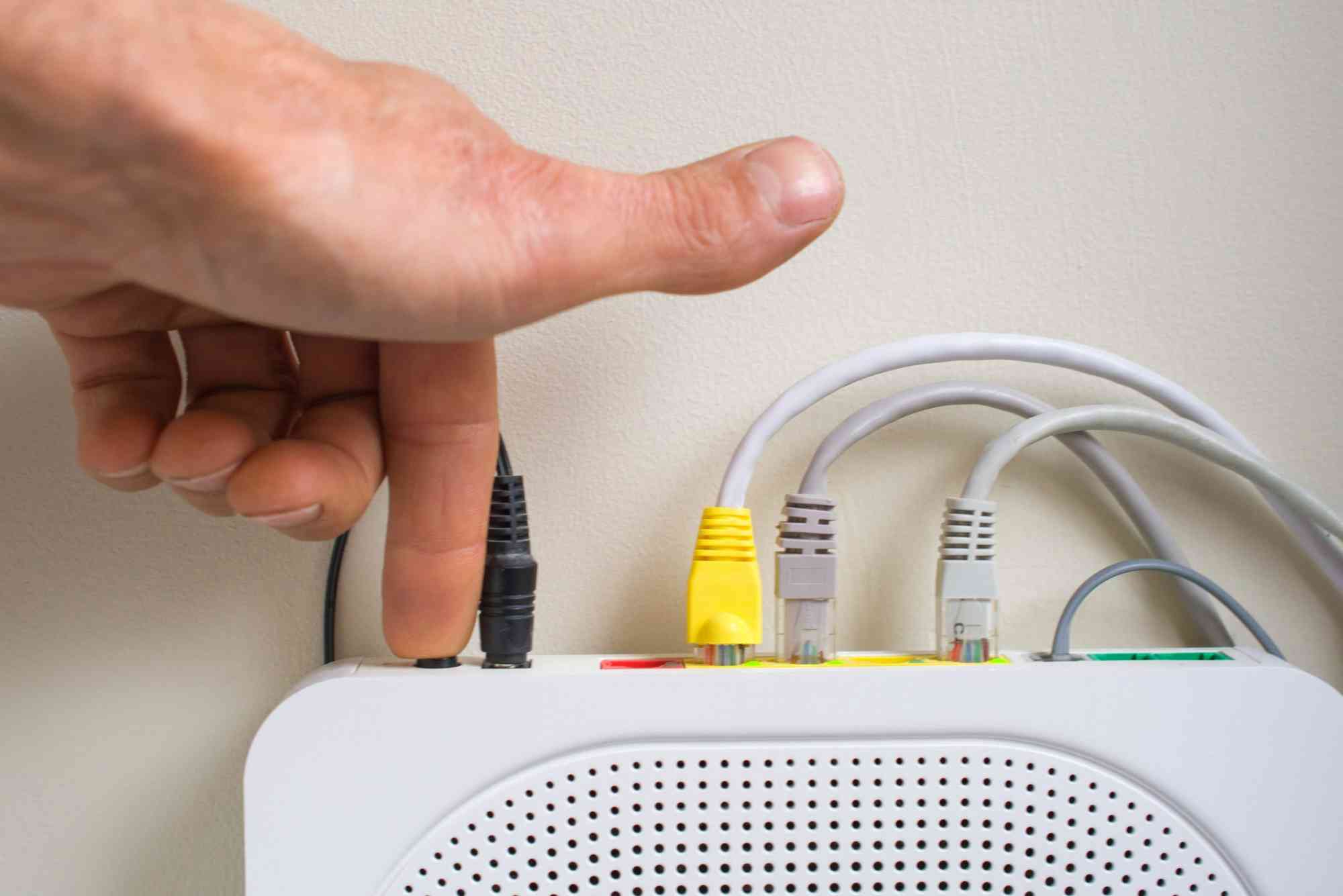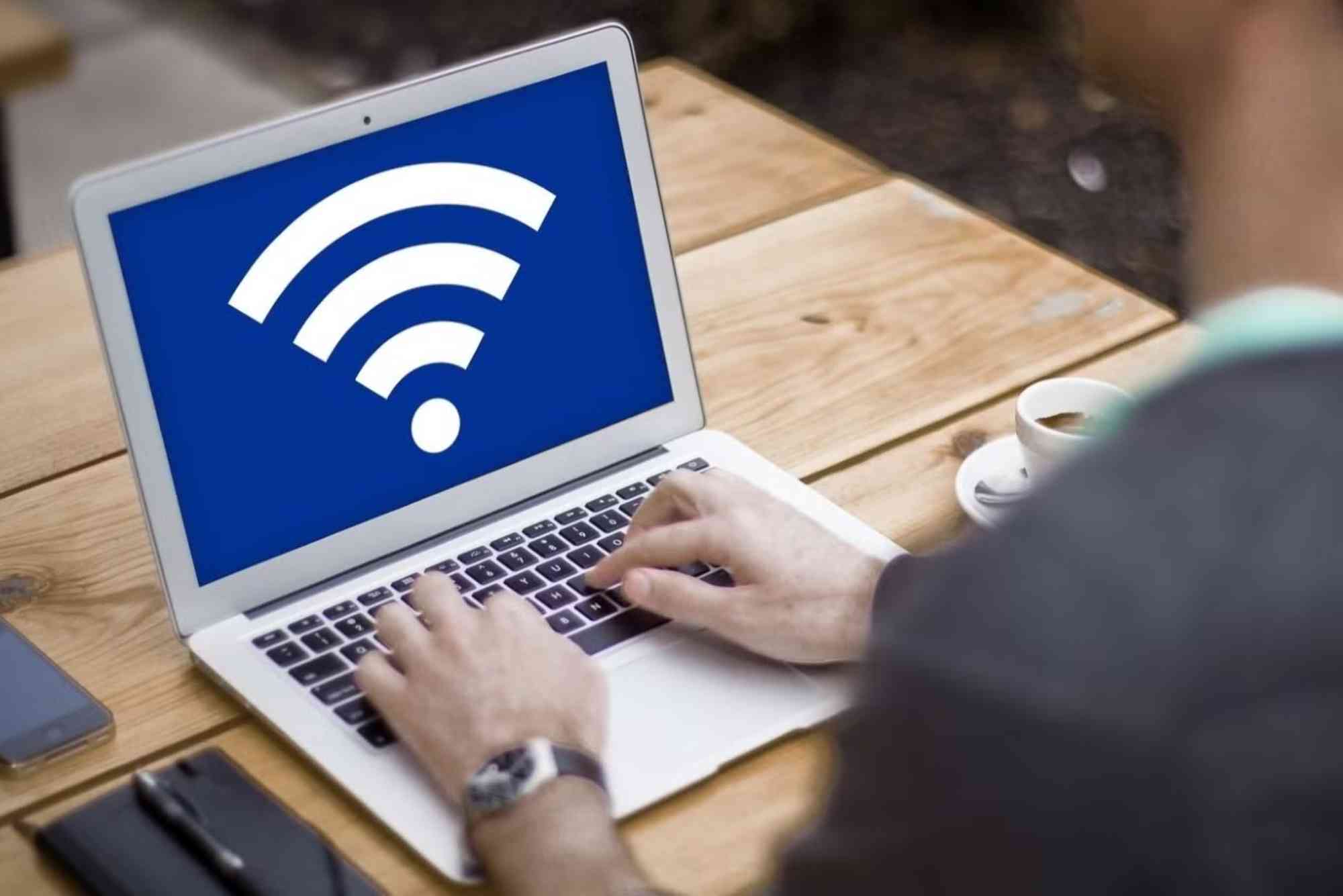ISP Data Cap Explained: What You Need to Know
The internet has become a daily necessity, powering everything from remote work to streaming, gaming, and online shopping. Yet, many users find themselves confused or frustrated when they encounter restrictions on their internet usage. If you have ever received a warning from your provider about reaching your monthly usage limit, you have likely experienced a data cap. In this article, we will walk you through everything you need to know with ISP data cap explained in simple, clear language.
Understanding what data caps are, why ISPs use them, and how they affect your digital life will help you make better decisions about your internet plan. Whether you stream high-definition movies every night or use the internet for basic browsing, knowing the facts can save you from unnecessary slowdowns, overage charges, and stress.
What Is a Data Cap?
A data cap is the maximum amount of data your internet service provider allows you to use in a billing cycle. Think of it like a limit on how much you can download or upload before extra charges or restrictions apply. For instance, if your plan includes a 1TB data cap, you can use up to one terabyte of data each month. Once you exceed this, your provider might slow down your connection, charge extra fees, or even suspend your service temporarily.
ISPs track every action that consumes data: browsing websites, watching videos, video conferencing, downloading files, or even syncing your smart devices. What surprises many people is that activities they consider small, such as automatic software updates or background cloud backups, also contribute to their usage. This is why it is important to understand how your data is being consumed.
Why Do ISPs Impose Data Caps?
The logic behind data caps varies depending on the ISP. Some providers argue that data caps are necessary to manage network congestion. By limiting how much data heavy users consume, ISPs claim they can maintain a stable experience for everyone.
Others suggest data caps are more about generating revenue than improving service. Streaming services like Netflix, YouTube, and gaming platforms now dominate internet traffic, and ISPs may use caps to encourage users to pay for higher-tier plans. In rural areas, where infrastructure investment is expensive, caps may also act as a cost-control measure.
Regardless of the justification, data caps affect millions of households. The key is knowing whether your plan includes one and what happens when you exceed it.
How Data Caps Affect Your Internet Experience
Hitting your cap can change the way you use the internet in significant ways. The most common consequence is throttling, where your ISP intentionally slows your speed. This means buffering when streaming, lag while gaming, and poor quality during video calls. Some ISPs instead charge overage fees, adding an unpleasant surprise to your monthly bill.
Families with multiple users are especially vulnerable. For example, a household with kids streaming videos, parents working remotely, and smart home devices running in the background can burn through data quickly. Even without noticing, you may cross your limit halfway through the month.
Understanding this dynamic helps you plan your internet usage better. If you know your plan has a cap, you can prioritize essential activities and cut down on unnecessary data use.
How Much Data Do Common Activities Use?
Different online activities consume data at different rates. For instance, browsing text-heavy websites uses very little, but watching a two-hour HD movie on Netflix might consume around 3GB. Ultra HD streaming can use up to 7GB per hour, while online gaming typically ranges between 40MB to 150MB per hour. However, downloading large game updates can consume tens of gigabytes in a single session.
Video conferencing through Zoom or Google Meet averages 1–3GB per hour, depending on video quality. Cloud storage services can also quietly use data when files automatically sync. When you add all of this together across multiple devices in a household, it is easy to see why data caps are a concern.
How to Check If Your Plan Has a Data Cap
The first step in understanding your limits is reviewing your internet plan details. Many providers list their data caps in the fine print or under “acceptable use policies.” If the information is unclear, log in to your account dashboard or call customer service. Some ISPs also provide usage meters that let you monitor your monthly consumption.
Staying informed about your plan helps you avoid surprises. If you find yourself consistently approaching or exceeding your cap, it may be time to reconsider your plan or provider. Options such as Dhanote Internet Services often provide more flexible packages without harsh limits, making them a better fit for heavy users.
Strategies to Stay Within Your Data Cap
Once you know your limit, you can adopt strategies to manage your usage effectively. Reducing video streaming quality from Ultra HD to HD or even SD can dramatically cut your data consumption. Turning off autoplay on platforms like YouTube prevents unnecessary usage when you leave videos running in the background.
You can also schedule software updates during off-peak hours and use data-saving features on apps and browsers. For cloud services, configure selective syncing instead of syncing everything by default. Monitoring which devices consume the most data, such as smart TVs or gaming consoles, will also help you stay within your monthly allowance.
Unlimited Data Plans: Are They Worth It?
Some ISPs advertise unlimited plans, but it is important to read the fine print. While they may not have hard caps, many include “soft caps,” where usage beyond a certain threshold still leads to throttling. This means your connection could slow down even if you are not paying overage fees.
For households with multiple heavy users, unlimited plans can still be a good investment. The peace of mind that comes with not worrying about limits is valuable, especially for work-from-home professionals or entertainment enthusiasts. Always compare the cost of unlimited plans with the potential overage fees of capped plans to see which works better for your lifestyle.
ISP Data Cap Explained in 2025 Context
As digital life expands, the conversation around data caps continues to evolve. Streaming services, online education, cloud-based gaming, and 4K video conferencing are now standard. These trends make traditional caps feel increasingly outdated. In response, some ISPs are beginning to phase out strict caps, while others maintain them as a business model.
In areas where competition is strong, providers are more likely to offer generous or unlimited data. Conversely, in regions with fewer choices, caps remain common. This is why researching local providers and reading user reviews is essential before signing up for a plan.
FAQs
Do all ISPs have data caps?
No. Some providers, especially fiber-optic services, do not impose data caps. Others include them by default.
What happens if I exceed my data cap?
Depending on your provider, you may experience throttled speeds, overage charges, or service interruptions.
How can I reduce my data usage?
Lower your streaming quality, manage cloud sync settings, and monitor which devices use the most data.
Is there a way to avoid data caps completely?
Yes, by switching to a provider that offers truly unlimited plans or higher caps that match your usage.
Why do ISPs throttle instead of just charging extra?
Throttling discourages heavy use, helping ISPs manage network congestion while keeping service accessible for others.
With ISP data cap explained in detail, you now have the knowledge to make informed decisions about your internet service. Understanding how data caps work, how they affect your experience, and how to manage them gives you an edge in today’s digital-first world.








